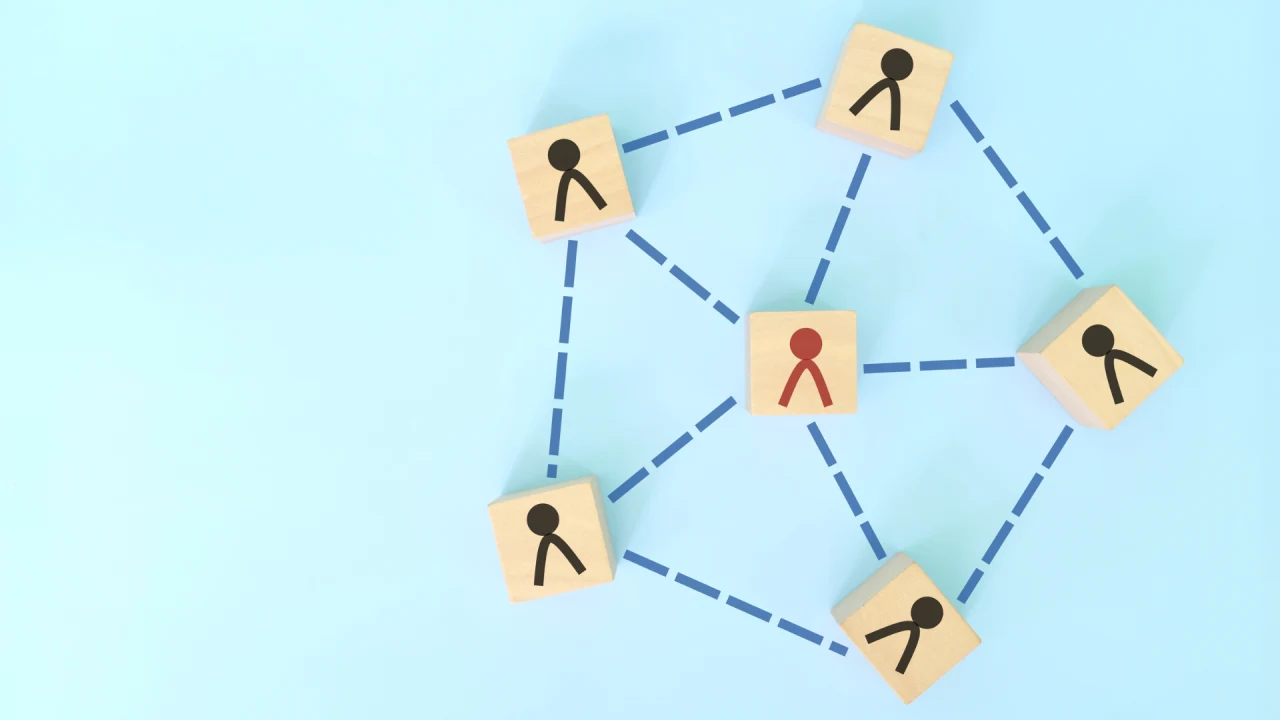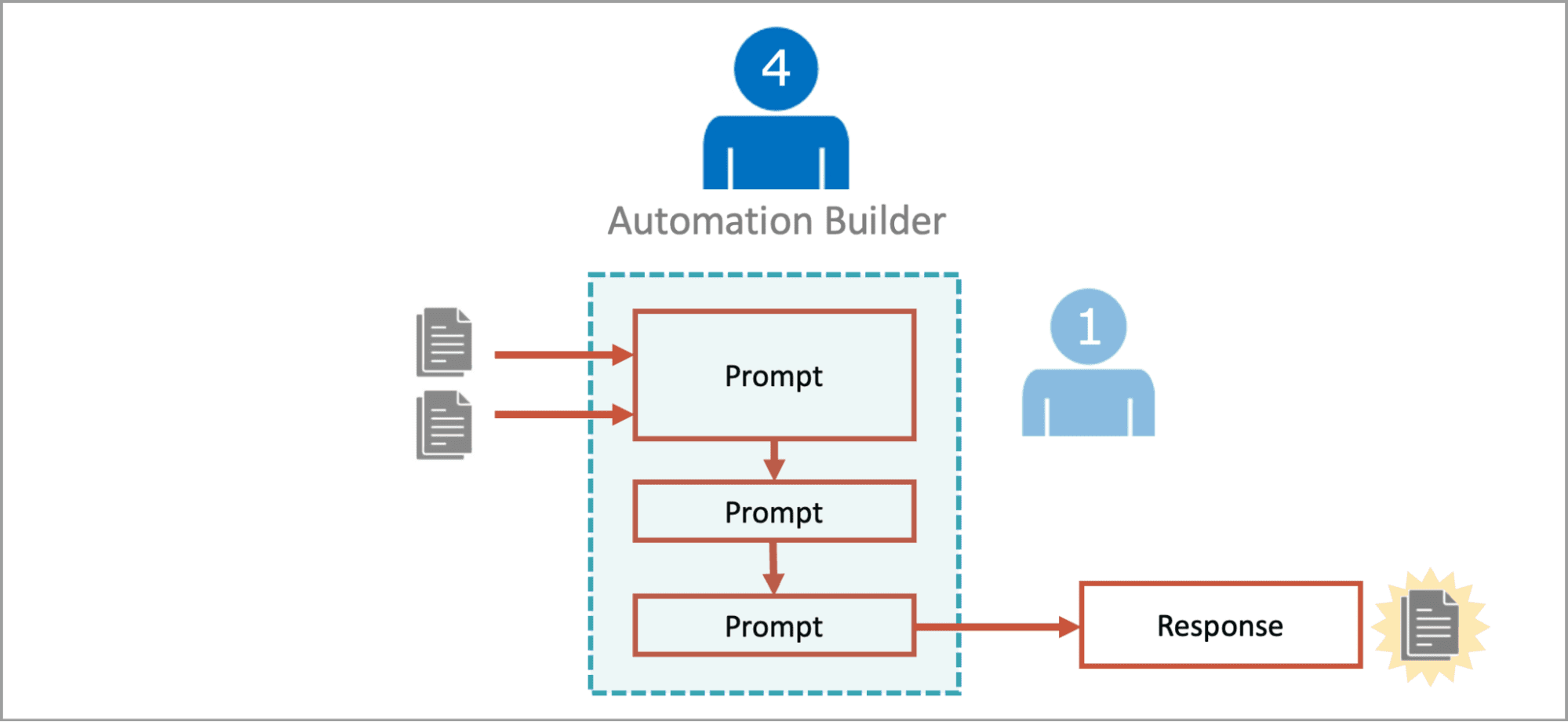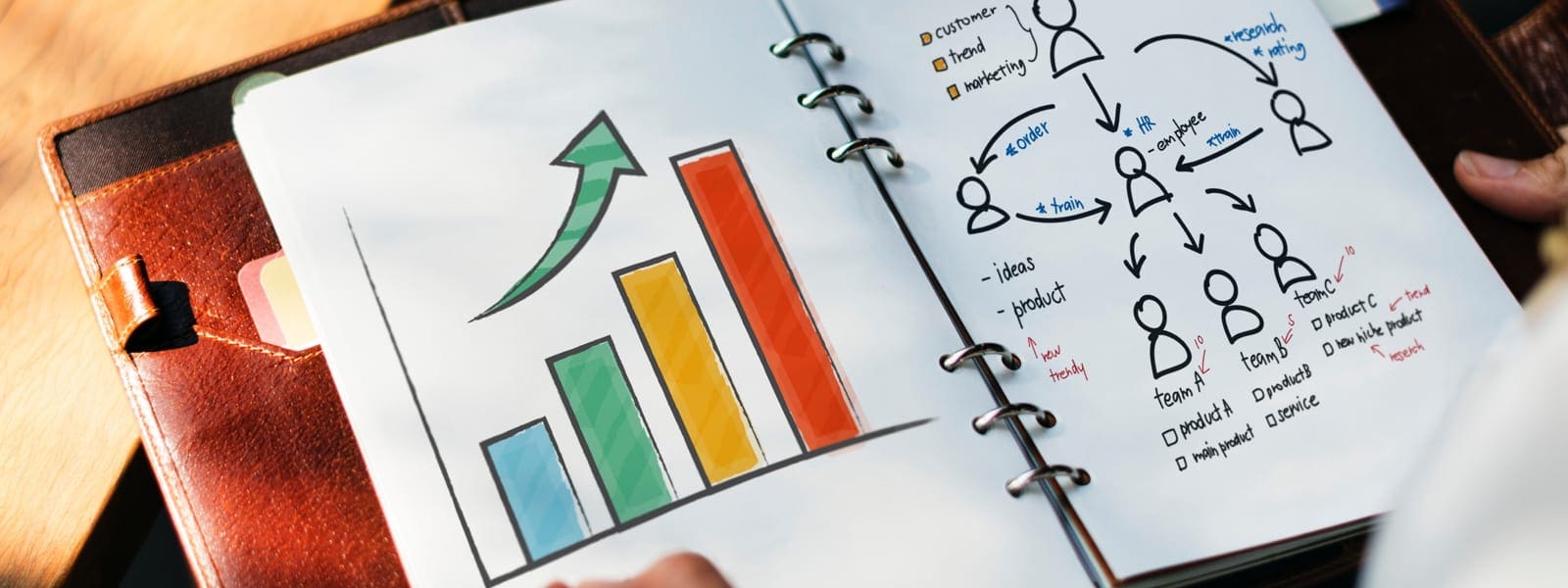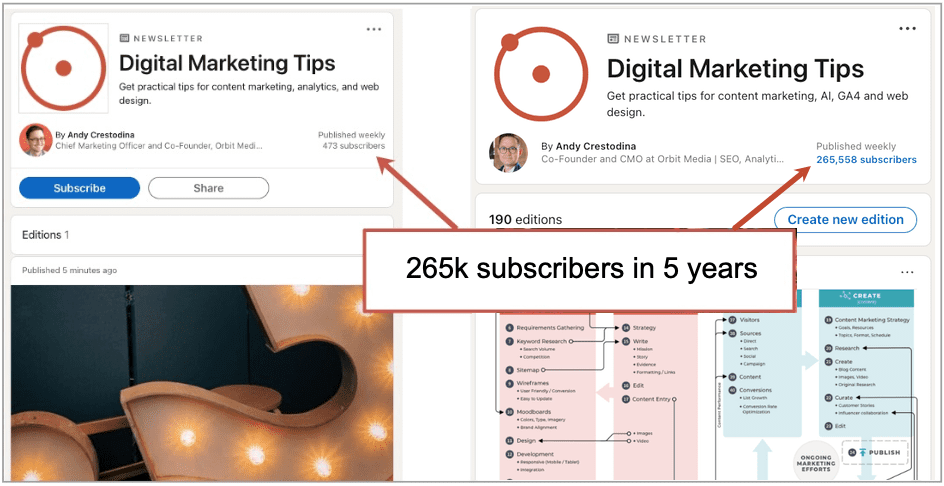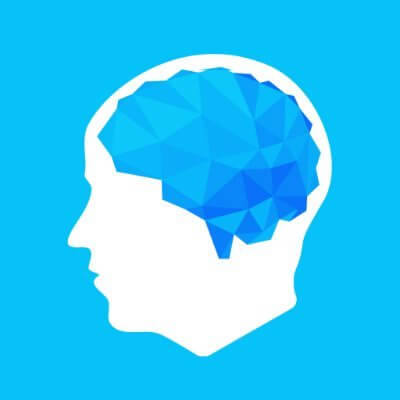What Is Custom Embroidery Digitizing and Why Does It Matter
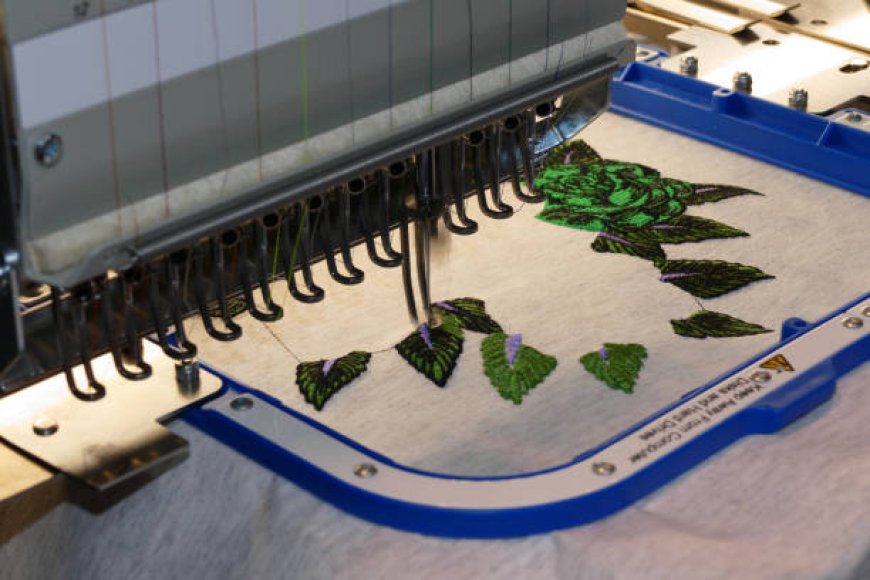
Embroidery has been a part of fashion, branding, and art for a long time. With changing technology, embroidery has also changed. One of the most important steps in modern embroidery is custom embroidery digitizing.
In this post, we'll break down what custom embroidery digitizing is, how it works, why it's important, and how to choose the right service.
What Is Custom Embroidery Digitizing?
Custom embroidery digitizing is the process of converting artwork into a digital file that an embroidery machine can read. This file tells the machine where and how to stitch the design. It includes details like stitch type, direction, density, and color changes.
This step is not automatic. Even if you have a logo or image, it won’t stitch properly unless it’s digitized. Digitizing is what makes the image embroidery-ready.
How Does the Digitizing Process Work?
Let’s look at how custom embroidery digitizing is done:
-
Artwork Review
First, a digitizer looks at the design or logo you send. It could be a PNG, JPG, PDF, or even a sketch.
-
Using Digitizing Software
The digitizer uses software (like Wilcom or Pulse) to trace and map out the design manually. They set up the path, stitch types (satin, fill, run), and underlay.
-
Assigning Stitch Types
Based on the design's shape, size, and detail, different stitches are applied. For example, text might use satin stitches, while a filled shape may use tatami.
-
Sequencing and Layering
The digitizer organizes which parts of the design stitch first. This avoids overlaps and messy finishes.
-
Saving in Machine Format
Once done, the file is saved in the format required by your embroidery machine (.DST, .PES, .JEF, etc.).
This process can take anywhere from 1 to 3 hours, depending on complexity.
Why Is Digitizing So Important?
Here are some reasons why custom embroidery digitizing is a must:
-
Stitch Quality: Good digitizing ensures clean, professional-looking results. Bad files lead to broken stitches or uneven text.
-
Machine Compatibility: Embroidery machines need files in a specific format. ZDigitizing makes sure the machine understands the file.
-
Thread and Fabric Optimization: Different fabrics need different stitch styles. Digitizing allows settings based on fabric type.
Benefits of Custom Embroidery Digitizing
Let’s explore the main benefits:
1. Brand Consistency
Businesses that want uniforms or hats with logos need accurate stitching. Digitizing keeps the logo design sharp and consistent.
2. More Design Options
From detailed images to text, digitizing lets you create complex designs that would be impossible by hand.
3. Better Production Speed
Once a file is digitized, you can use it again and again. That means faster production and reduced setup time.
4. Cost-Effective
Though digitizing has an upfront cost, it saves money long-term by avoiding poor stitch-outs and wasted fabric.
Types of Embroidery Digitizing
There are different kinds of custom embroidery digitizing, depending on the item or style you want:
-
Logo Digitizing: Common for hats, shirts, and uniforms.
-
Cap Digitizing: A Special method for curved surfaces like baseball caps.
-
3D Puff Digitizing: Adds foam under stitches for a raised look.
-
Applique Digitizing: Combines fabric patches with embroidery.
-
Monogram Digitizing: Used for initials on towels, robes, and bags.
Each type has its settings and stitch techniques.
Common File Formats in Embroidery Digitizing
The final design must be in a format the machine understands. Some common file types include:
-
DST – Used by Tajima machines (most common)
-
PES – Used by Brother machines
-
JEF – For Janome machines
-
EXP – For Melco machines
Make sure you tell your digitizer what machine you’re using.
How to Choose the Right Digitizing Service
Not all digitizers offer the same quality. Here’s what to look for:
1. Experience
Look for a service with years of experience in custom embroidery digitizing. They’ll know how to handle different file types and fabrics.
2. Portfolio
Ask to see sample stitch-outs or past projects. You want to make sure their digitizing looks good when stitched.
3. Turnaround Time
Most digitizing services deliver in 12–24 hours. Some offer rush service.
4. Revisions
Good digitizers will fix any issues without charging again.
5. Support
A helpful support team matters. They can guide you if you have questions about file types or machine compatibility.
Mistakes to Avoid in Digitizing
Many issues in embroidery come from poor digitizing. Here are common mistakes:
-
Using auto-digitizing tools only: These don’t give good results. Always go for manual digitizing.
-
Not adjusting for fabric: The same design may need different stitches on denim vs. silk.
-
Poor pathing: If the digitizer doesn’t set a smart path, the machine will jump too much and waste time.
-
Ignoring underlay: Underlay stitches help keep the top stitches smooth and clean. Skipping this causes puckering.
Cost of Custom Embroidery Digitizing
Prices vary based on the design's size and complexity. Here's a rough estimate:
-
Simple text: $5–$10
-
Logo under 5 inches: $10–$20
-
Complex logos: $20–$40
-
3D puff designs: $25–$50
Some services also offer unlimited edits within a certain time.
Tips for Sending Good Artwork
You can help the digitizer by sending the best possible image. Here’s how:
-
Use high-resolution files (300 DPI or more)
-
Vector files like .AI, .EPS, or .PDF are best
-
Mention the fabric type and size
-
Tell them your machine format
This saves time and reduces the chance of errors.
Who Needs Custom Embroidery Digitizing?
It’s useful for many people:
-
Small Businesses: For branded uniforms or merch
-
Fashion Designers: For adding embroidery to collections
-
Sports Teams: For logos on caps, jackets, and jerseys
-
Event Organizers: For promotional items
-
Crafters and Hobbyists: For personal projects
Anyone who wants a design stitched on fabric needs custom embroidery digitizing first.
Final Thoughts
Custom embroidery digitizing Services is more than just converting a file. It’s a skill that helps turn your ideas into clean, professional embroidery. Whether you’re creating a logo for your business or designing something personal, good digitizing makes all the difference.
If you're serious about embroidery quality, don’t skip the digitizing step. Choose a trusted service, give them the right files, and enjoy clean, sharp results on every stitch.










